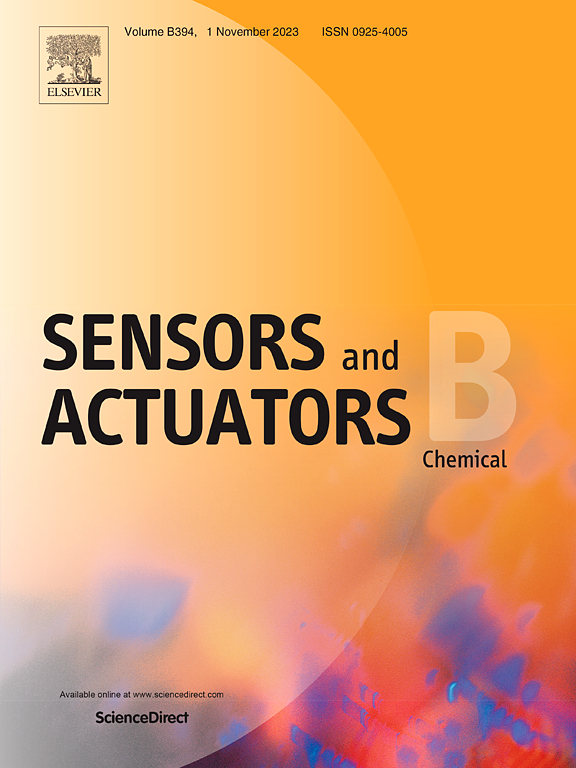Non-rare earth doped metal-organic framework for fluorescent detection of uranyl in real seawater
IF 8
1区 化学
Q1 CHEMISTRY, ANALYTICAL
引用次数: 0
Abstract
Rare-earth doped fluorescent metal-organic frameworks (MOFs) are widely used for the fluorescence quenching detection of uranyl ions. However, few existing studies have developed red fluorescence-enhanced, non-rare-earth doped MOF probes with anti-background interference capabilities. Therefore, it is of great significance to develop a UO22 + fluorescent probe with higher specificity and sensitivity, while maintaining long-wavelength fluorescence properties similar to those of rare-earth doped materials. Herein, we prepared a porphyrin-based MOF with nickel chloride hexahydrate as the nickel source, and tetrakis (4-carboxyphenyl) porphyrin as the organic ligand, called Ni-TCPP, which could be used as a fluorescence probe for simultaneous visual detection and removal of the common pollutant uranyl in seawater. Specifically, Ni-TCPP responds to ultra-low concentrations of uranyl ions (16.59 nM) and, through an efficient fluorescence "turn-on" mechanism, has become one of the most sensitive MOF-based fluorescent sensing materials. In addition, the material was demonstrated for the removal capability of uranyl for its suitable pore size and large surface areas. By merging the optical and adsorption properties of Ni-TCPP, we have creatively developed a dual-functional platform for sensing and removing uranyl in actual seawater samples, demonstrating significant potential for practical applications.
求助全文
约1分钟内获得全文
求助全文
来源期刊

Sensors and Actuators B: Chemical
工程技术-电化学
CiteScore
14.60
自引率
11.90%
发文量
1776
审稿时长
3.2 months
期刊介绍:
Sensors & Actuators, B: Chemical is an international journal focused on the research and development of chemical transducers. It covers chemical sensors and biosensors, chemical actuators, and analytical microsystems. The journal is interdisciplinary, aiming to publish original works showcasing substantial advancements beyond the current state of the art in these fields, with practical applicability to solving meaningful analytical problems. Review articles are accepted by invitation from an Editor of the journal.
 求助内容:
求助内容: 应助结果提醒方式:
应助结果提醒方式:


